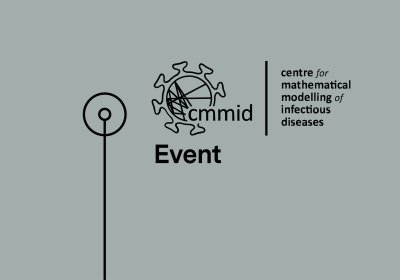Traps, transmission models and the weather: integrating catch data, serological surveying and climate time series for bluetongue virus in Europe
Bluetongue virus (BTV) is a vector-borne disease affecting ruminants, causing morbidity and mortality amongst commercial livestock herds. Historically, BTV was not endemic in Europe, however in the past two decades various BTV serotypes have periodically invaded Southern and Eastern Europe. In 2006 the first epizootic of BTV was observed above latitude 50N anywhere in the world, centred near Maastricht.
A warming climate in Europe is a potential factor; and one purpose of this talk is to present a methodology for integrating climatic spate-temporal time series into mechanistic modelling of BTV transmission. However, there are other challenges to understanding the risk presented by BTV, such as interpreting the link between field captures of midges and a prediction of biting rates on livestock. Trapping capture data for midges is usually used as a proxy for the biting rate per livestock in an ad hoc fashion.
The second purpose of this talk is combine statistical models of capture size prediction with mechanistic models of BTV transmission in order to make the link between capture data and biting rates much more rigorous.
Dr Sam Brand has a wide range of interests in mathematical epidemiology, encompassing both theoretical aspects such as moment closure, and, highly applied research question such as determining how household-structured transmission models affect estimates of maternally derived protection to respiratory syncytial virus (RSV). Dr Sam Brand currently models the spread of respiratory viruses at different spatial scales, from household to countrywide, in Kenya, with a focus on potentially effective vaccination policies. This work forms part of the Studying the Pathways of Respiratory virus Disease (SPReD) project (Wellcome Trust). The respiratory transmission pathways in Kenya are inferred from a mixture of hospitalisation data, and, extensive genomic surveillance data. Therefore, his interests include both 'classical' inference for epidemic models and phylodynamic inference, based on the coalescent rates of inferred viral phylogenies.
Previously, Dr Sam Brand has worked on modelling the emergence of novel infections amongst European livestock herds (Animal health and welfare ERA-NET project LIVEepi). As part of this project he developed methods for integrating large-scale climate datasets, extensive vector field capturing and mechanistic epidemic models. This elucidates both the current true risk of epizootic invasion amongst European livestocks, and the potential risk in the future as the European climate changes.
This session will be live-streamed and recorded - accessible to both internal and external audience
Admission
Contact





